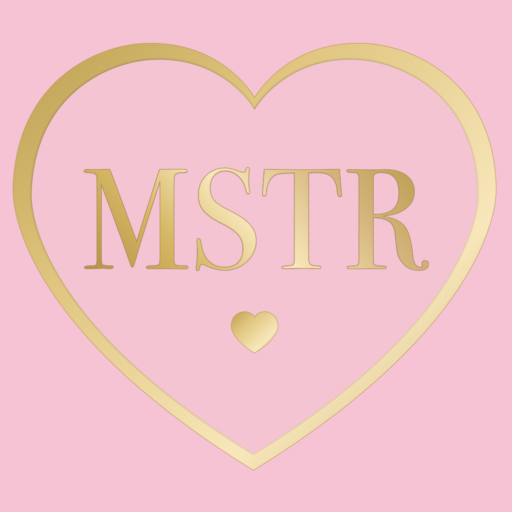PRP (Platelet-Rich Plasma)
Platelet-Rich Plasma (PRP) is a regenerative treatment that uses your body’s own natural growth factors to repair and rejuvenate tissue. The process involves drawing a small amount of your blood, spinning it in a centrifuge to separate the plasma, and extracting the layer rich in platelets. This concentrated plasma is then reintroduced to targeted areas of the face, scalp, or body to stimulate healing and regeneration at the cellular level.
What is PRP (Platelet-Rich Plasma)?
PRP is a treatment that uses a concentrated portion of your own blood—rich in platelets and growth factors—to stimulate healing, tissue regeneration, and collagen production.
What can PRP be used to treat?
PRP is commonly used for facial rejuvenation, hair restoration, acne scars, under-eye darkness, fine lines, and to boost the effects of microneedling.
How is PRP prepared?
A small amount of your blood is drawn and spun in a centrifuge to separate the platelets from other blood components. The PRP is then collected and applied or injected into the treatment area.
Is PRP treatment safe?
Yes. PRP is considered very safe because it uses your own blood, minimizing the risk of allergic reactions or rejection.
Does PRP treatment hurt?
Discomfort is minimal. A numbing cream may be used before treatment, especially for facial applications or microneedling. You might feel mild pressure or tingling.
How many PRP treatments will I need?
Most clients see noticeable results after 3–4 sessions spaced about 4–6 weeks apart. Maintenance treatments every 6–12 months are often recommended.
When will I see results from PRP?
Results typically begin to appear within a few weeks, with continued improvement over 2–3 months as collagen and tissue regeneration build up.
Is there downtime after PRP treatment?
Downtime is minimal. You may experience mild redness, swelling, or bruising for 1–3 days, depending on the treatment area and method (injections vs. microneedling).
Who is a good candidate for PRP?
Anyone experiencing early signs of aging, thinning hair, or dull skin tone may benefit. It’s ideal for those looking for a natural, non-surgical option with minimal risk.
an PRP be combined with other treatments?
Yes! PRP works exceptionally well when paired with microneedling, laser treatments, or even dermal fillers to enhance results and speed up healing.

